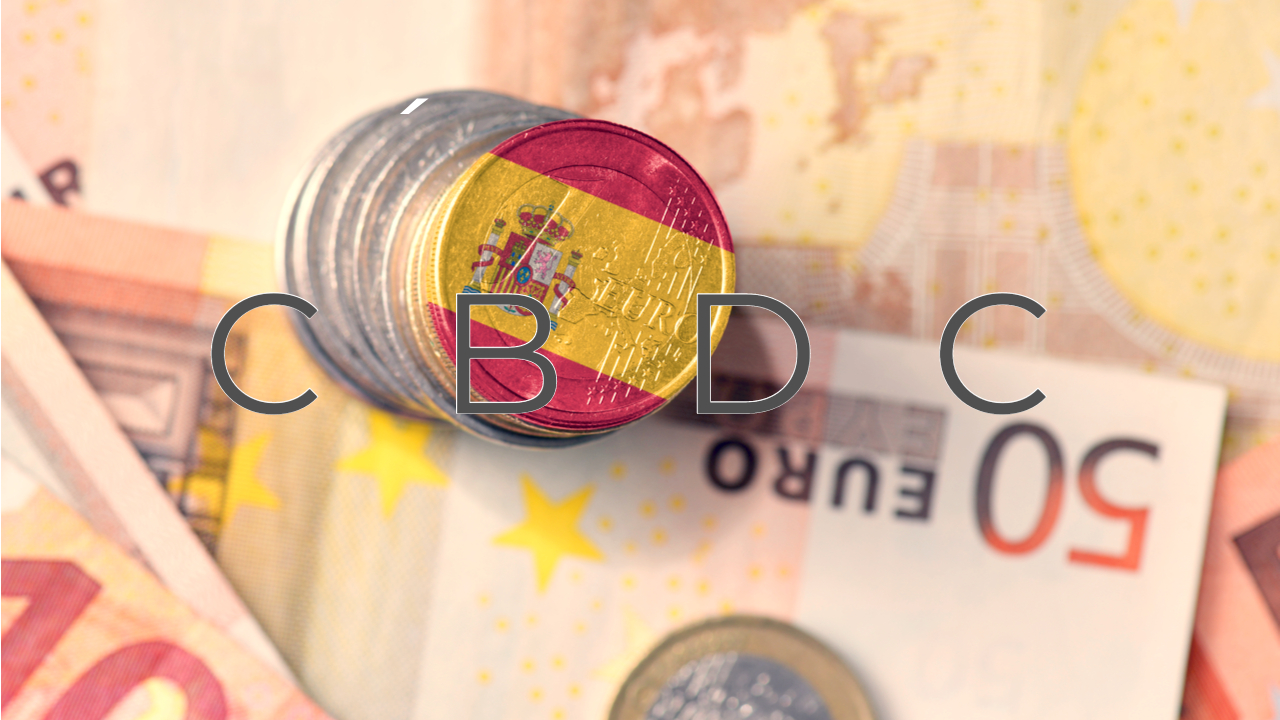The Bank of Spain has taken a significant step in its journey towards embracing digital currency by selecting its partners for Central Bank Digital Currency (CBDC) testing. After an open call a year ago, which drew 24 applications, the central bank has now announced its collaboration with Cecabank, Abanca, and Adhara Blockchain. The selection highlights the bank’s commitment to exploring the frontiers of digital finance and the potential transformation of the banking sector.
Cecabank and Abanca, both Spanish financial institutions, along with Adhara Blockchain, headquartered in the United Kingdom, represent a blend of local expertise and international blockchain technology. The combination is crucial for the bank’s foray into the complex and evolving world of digital currencies. Their role in the upcoming pilot project is a testament to their capabilities and the trust the Bank of Spain places in them.
The Pilot: Testing the waters of a tokenized economy
The next six months are set to be groundbreaking, as the bank undertakes a pilot project featuring the simulation of interbank payments using a tokenized wholesale CBDC. The pilot aims to mimic the processing and settlement of these payments, not only with a single wholesale CBDC but also by exchanging various CBDCs issued by different central banks. Such an experiment is pivotal in understanding the dynamics of a potentially global digital currency system.
In another part of the experiment, with the help of the Cecabank-Abanca consortium, the focus will be on using the wholesale CBDC to settle a simulated tokenized bond. The aspect of the pilot underscores the potential applications of CBDCs beyond basic financial transactions, exploring how they could revolutionize other financial instruments like bonds.
Spain’s unique stance on digital currency
Spain’s approach to digital currency, especially its CBDC program, is notable for its independence from the broader digital euro project, which aims to encompass all economies in the eurozone. The independent stance reflects Spain’s desire to chart its own course in the digital currency realm, while still aligning with broader European Union initiatives.
The autonomy is further illustrated by the Spanish Ministry of Economic Affairs and Digital Transformation’s proactive approach to implementing the European Union’s Markets in Crypto-Assets Regulation, set to be in place six months ahead of the EU’s deadline. The move positions Spain as a leader in digital finance regulation within the EU.
Spaniards’ response to the digital euro
Despite these advancements, the general public in Spain appears hesitant about the digital euro. A recent survey revealed that 65% of respondents in Spain expressed no interest in using the pan-European CBDC as a supplement to their regular payment methods.
The lack of enthusiasm suggests that while the government and financial institutions are eager to advance in the digital currency space, public adoption and acceptance might be slower and require more extensive education and awareness campaigns.
Conclusion
The Bank of Spain’s selection of partners for CBDC testing marks a crucial step in exploring the future of finance. By engaging with Cecabank, Abanca, and Adhara Blockchain, the bank is setting the stage for a comprehensive understanding and implementation of digital currencies. While the initiative is promising, the real challenge lies in aligning technological advancements with public acceptance and understanding, a task that will require concerted efforts from all stakeholders involved. As the pilot project unfolds, it will provide valuable insights into the potential and challenges of integrating digital currencies into the mainstream financial system.


